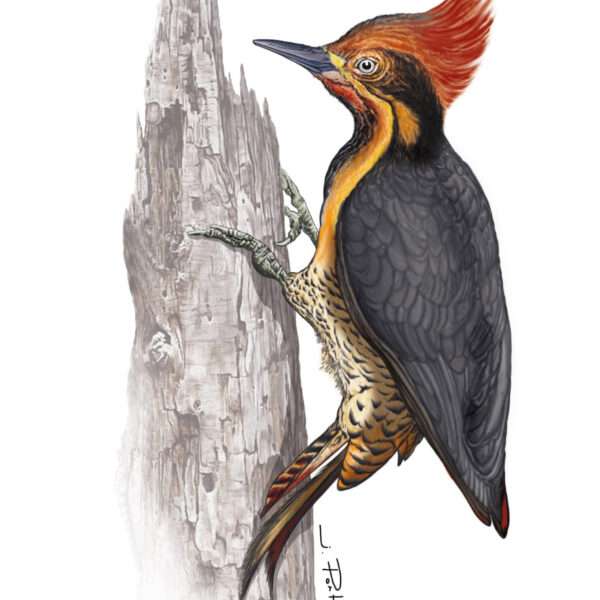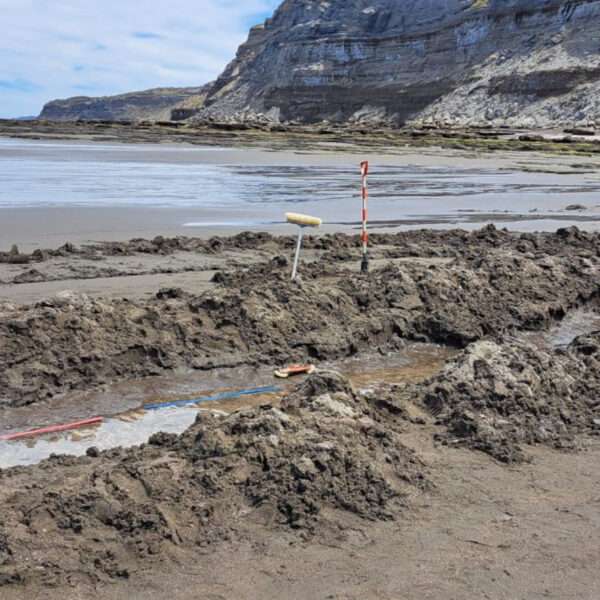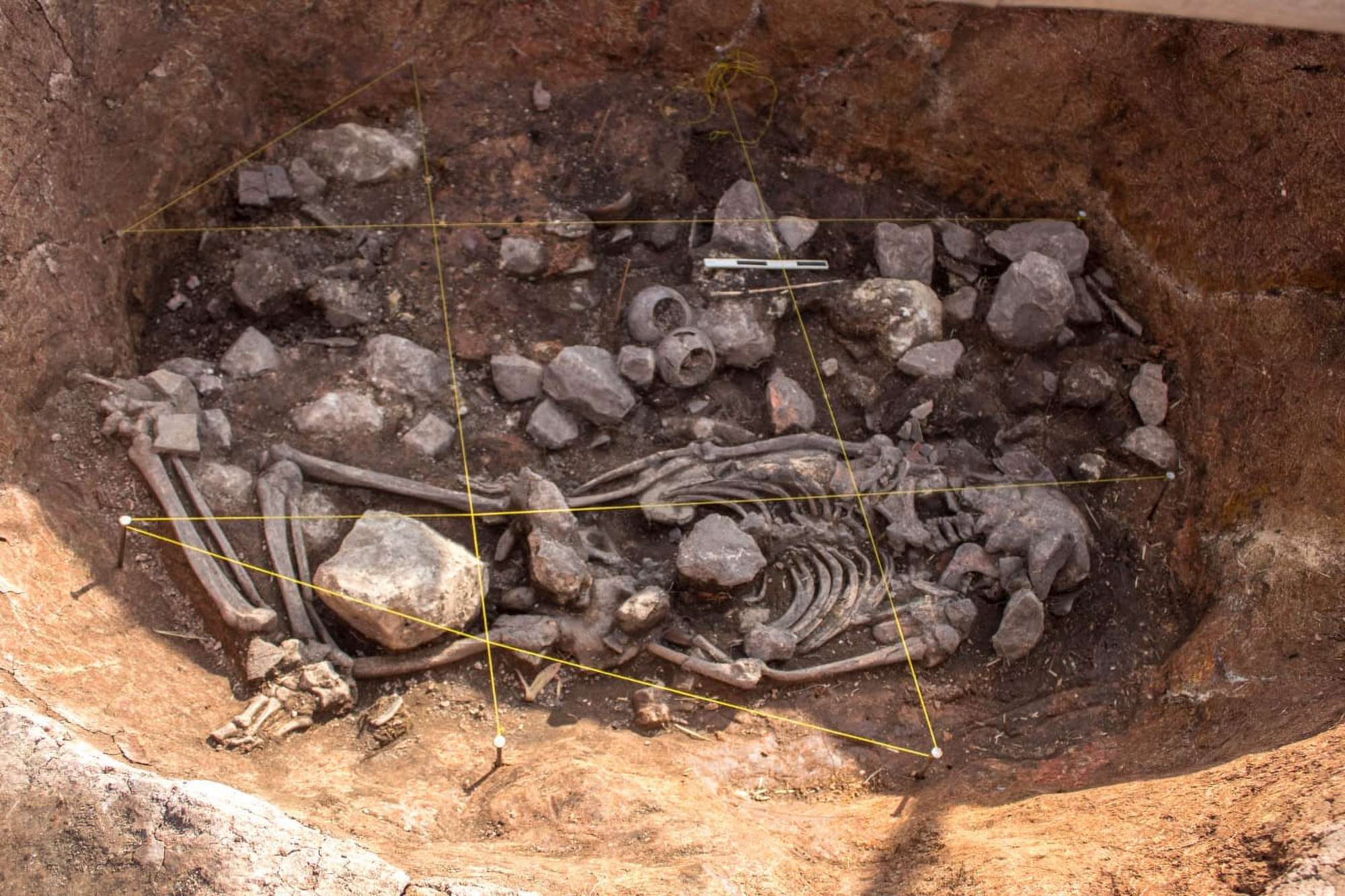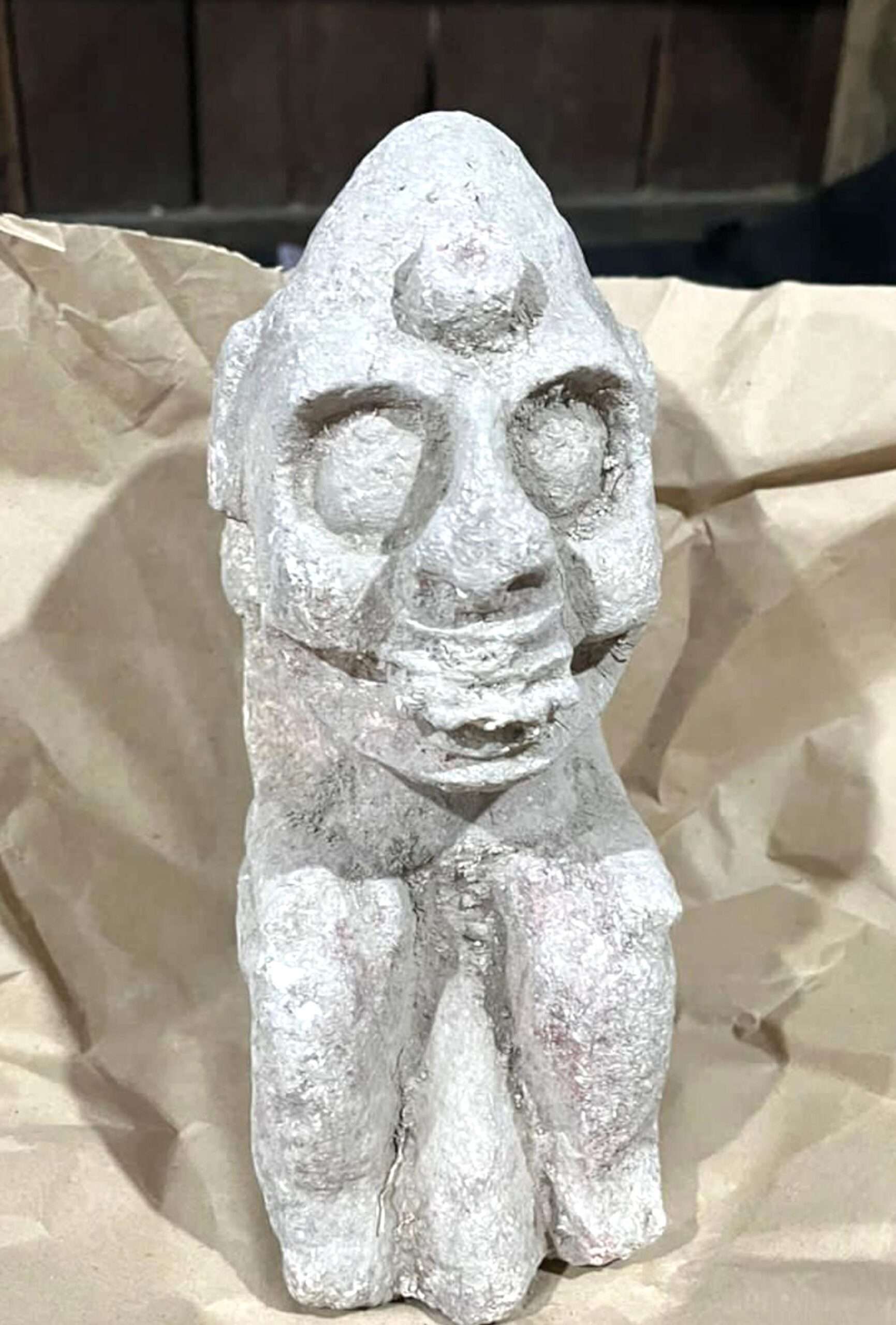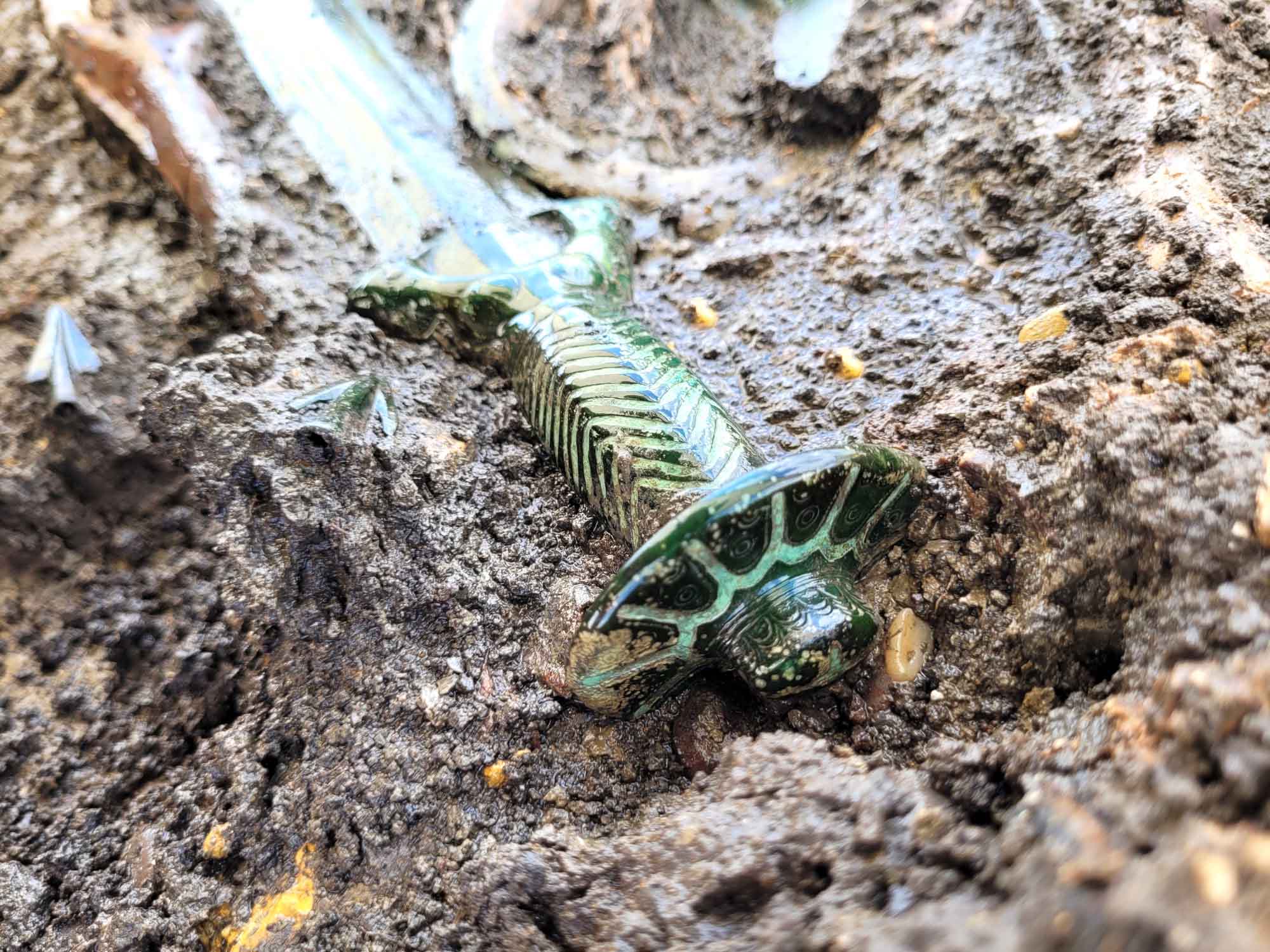A fossil believed to be a previously unknown species of snake with a well-preserved trachea has been discovered at a disused quarry in Germany.

The Messel Pit which is near the village of Messel and southeast of the German city of Frankfurt, was planned to become a landfill site, but strong local protest about the number of fossils still remaining on the site caused the plans to be cancelled.
After that, archaeologists moved in and so many unique fossils have been discovered there that it ended up being declared a UNESCO World Heritage Site.
The excavation works are still continuing, and in the first reports of the finds from this year, they revealed that in June and July alone, they have discovered 800 fossils in the 47 million-year-old oil shale pit.
Most of these were insects with some fish, but the highlight of the discoveries was a 40-centimetre-(15.7- inch-) long snake believed to be an ancestor of the python and where the trachea can clearly be seen.
Excavation leader Dr. Sonja Wedmann from the Senckenberg Research Institute and Natural History Museum in Frankfurt said in a statement obtained by Newsflash on 25th August: “About 80 per cent of the new fossils are insects and plants, the remaining 20 per cent are made up of vertebrates, mainly fish, but also incomplete remains of three birds.”
But she said that the highlight was the snake saying: “When the slabs of slate were split open, it was initially impossible to tell what condition the reptile was in – whether it was just a piece of the spine, for example, or whether the animal’s head or tail had also been preserved.

“Our Senckenberg taxidermist, Bruno Behr, then used the ‘excavation-free time’ and immediately started to prepare the snake. His extremely careful and good work – which is not yet complete – brought the special nature of the fossil to light in the first place.”
The team not only found that the snake was almost completely preserved and that both the head and tail were present, but taxidermist Behr also managed to locate the animal’s trachea.
Dr. Krister Smith from the Senckenberg Research Institute and Natural History Museum in Frankfurt said that according to the modifications of the lungs, the trachea in snakes is also much longer than in humans and the branching into the two bronchi is shifted far back, according to the paleoherpetologist.
Smith adds: “This is a fantastic observation from the newly discovered fossil, because protective, well-preserved rings of cartilage perfectly mark the shape and position of the trachea. The preservation of the trachea is unique for Messel!”
Although the exact classification is not yet complete the presence of teeth on the intermediate jaw indicates that the snake is probably an ancestor of the python.
Smith said: “The new find is probably an unknown species – but we can only make a more precise assessment after the preparation has been completed, especially the side of the skull that is still in the rock.”



